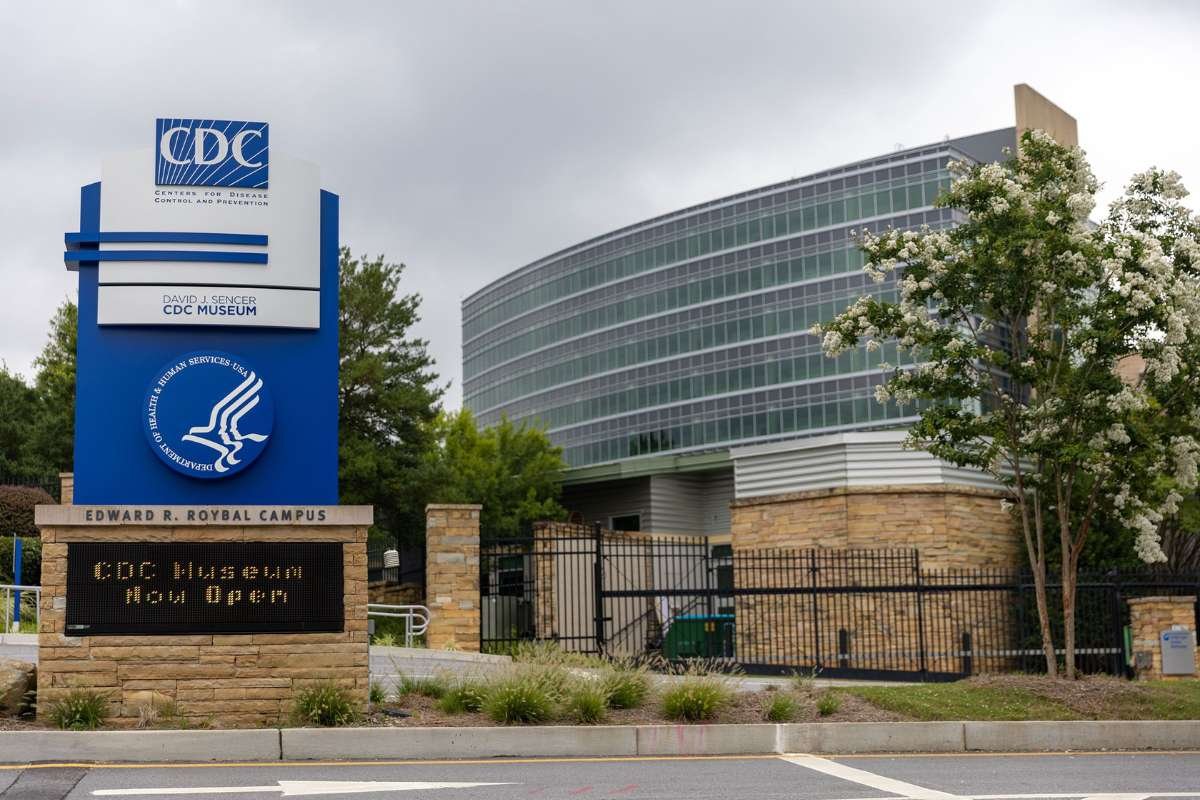As the body ages, the need for keeping fit and healthy increases. Joints, muscles, and different bones become stiff and weak. When you get older, all aspects of life are affected. In fact, staying physically active and adopting a healthy lifestyle can significantly impact how we age and the quality of life we experience. In this article, we’ll explore five crucial steps to help you maintain a fit and healthy aging body. We’ll also delve into the numerous benefits of physical exercise and how it can positively impact both your physical and mental well-being.
Both physical and mental health are benefits via physical activity. Physical health is improved by an active lifestyle whereas, mental peace is gained from it too. According to experts, physical activity releases stress and irritability. You become a lot calmer when you exercise for a bit, especially when the body starts to age.
Here are 5 steps for a fit and healthy aging body:
Step 1: Embrace a Regular Exercise Routine
Physical exercise is a cornerstone of healthy aging. Regular exercise offers a multitude of benefits for the aging body, helping to maintain strength, flexibility, and overall vitality. Here are some key advantages associated with staying physically active as you age:
- Muscle Mass and Strength:
Aging often leads to a loss of muscle mass and strength. Engaging in resistance training, such as weightlifting or bodyweight exercises, helps counteract this decline, keeping your muscles strong and functional.
- Joint Health:
Exercise helps maintain joint flexibility and mobility, reducing the risk of joint pain and stiffness that can come with aging.
- Bone Density:
Weight-bearing exercises, such as walking or dancing, support bone health and can help prevent conditions like osteoporosis.
- Cardiovascular Health:

Regular cardiovascular exercise, like brisk walking, swimming, or cycling, improves heart health, lowers blood pressure, and reduces the risk of heart disease and stroke.
- Weight Management:
Maintaining a healthy weight is essential for overall health. Exercise helps burn calories, making it easier to manage your weight and reduce the risk of obesity-related conditions.
- Cognitive Function:
Physical activity has been linked to improved cognitive function and a reduced risk of cognitive decline as we age.
Step 2: Prioritize a Balanced Diet
Aging bodies have unique nutritional needs, and maintaining a balanced diet becomes increasingly important. Ensure your diet includes a variety of nutrient-rich foods, such as fruits, vegetables, whole grains, lean proteins, and healthy fats. These foods provide essential vitamins, minerals, and antioxidants that support your aging body’s well-being. Adequate hydration is also crucial, as older adults may be more prone to dehydration.
Step 3: Stay Hydrated
Proper hydration is vital for maintaining overall health and well-being, especially as the aging body may have a reduced thirst sensation. Drinking enough water helps with digestion, joint lubrication, temperature regulation, and toxin removal. Aim to consume an adequate amount of water throughout the day, and be mindful of your body’s signals for thirst.
Step 4: Prioritize Sleep and Stress Management
Quality sleep is essential for the aging body’s recovery and overall health. Ensure you get enough restorative sleep by establishing a consistent sleep schedule and creating a comfortable sleep environment. Additionally, manage stress through relaxation techniques such as meditation, deep breathing exercises, or engaging in enjoyable hobbies. Chronic stress can contribute to various health issues, so it’s crucial to find healthy ways to cope.
Step 5: Regular Health Check-ups and Screenings
Regular health check-ups and screenings are vital for detecting and managing potential health issues as you age. These appointments allow healthcare professionals to monitor your health, identify risk factors, and provide preventive care. Early detection and intervention can often make a significant difference in managing age-related conditions.
Benefits of a Physical Workout for the Aging Body

Now that we’ve discussed the steps to maintain a fit and healthy aging body, let’s dive deeper into the specific benefits of a physical workout:
1. Improved Mobility
Regular exercise helps maintain joint flexibility and range of motion, making it easier to perform daily activities and reducing the risk of falls.
2. Enhanced Cardiovascular Health
Exercise strengthens the heart and improves circulation, reducing the risk of heart disease and maintaining optimal blood pressure levels.
3. Weight Management
Physical activity helps manage body weight, preventing obesity-related conditions such as diabetes and joint problems.
4. Better Bone Health
Weight-bearing exercises help increase bone density and reduce the risk of osteoporosis and fractures.
5. Mental Well-being
Exercise releases endorphins, which are natural mood lifters, reducing the risk of depression and anxiety often associated with aging.
6. Cognitive Function
Physical activity has been shown to enhance cognitive function, including memory and problem-solving skills, reducing the risk of cognitive decline and dementia.
7. Social Engagement
Group exercise activities or classes provide opportunities for social interaction, reducing feelings of isolation and loneliness.
8. Increased Independence
Staying physically active helps maintain functional independence, allowing you to perform everyday tasks and activities for a longer period.
9. Enhanced Sleep
Regular exercise can improve sleep quality, helping you achieve restorative and uninterrupted sleep.
10. Longevity
Studies have shown that an active lifestyle can increase longevity and improve the overall quality of life in older adults.
11. Mental Wellness and the Aging Body

In addition to the physical benefits, exercise plays a significant role in promoting mental wellness as the body ages:
12. Stress Reduction
Physical activity helps reduce stress hormones in the body while increasing the production of endorphins, which are natural mood lifters.
13. Enhanced Cognitive Function
Exercise has been linked to improved cognitive function and memory retention, helping maintain mental sharpness as you age.
14. Better Sleep
Regular physical activity can improve sleep quality, leading to better mental clarity and overall emotional well-being.
15. Reduced Risk of Depression
Exercise is a powerful tool in managing and preventing depression, which can become more prevalent in older adults.
16. Increased Self-Esteem
Achieving fitness goals and staying active can boost self-esteem and confidence, contributing to a positive self-image.
Conclusion
Aging is a natural part of life, but it doesn’t mean you have to accept a decline in your physical and mental well-being. By following the steps mentioned above and embracing regular exercise as a cornerstone of your lifestyle, you can maintain a fit and healthy aging body that allows you to enjoy life to the fullest. The benefits of physical activity, including improved mobility, cardiovascular health, weight management, and enhanced mental wellness, are invaluable as you navigate the journey of aging. So, seize the opportunity to stay active, prioritize your health, and embrace a vibrant and fulfilling life as you age gracefully.









